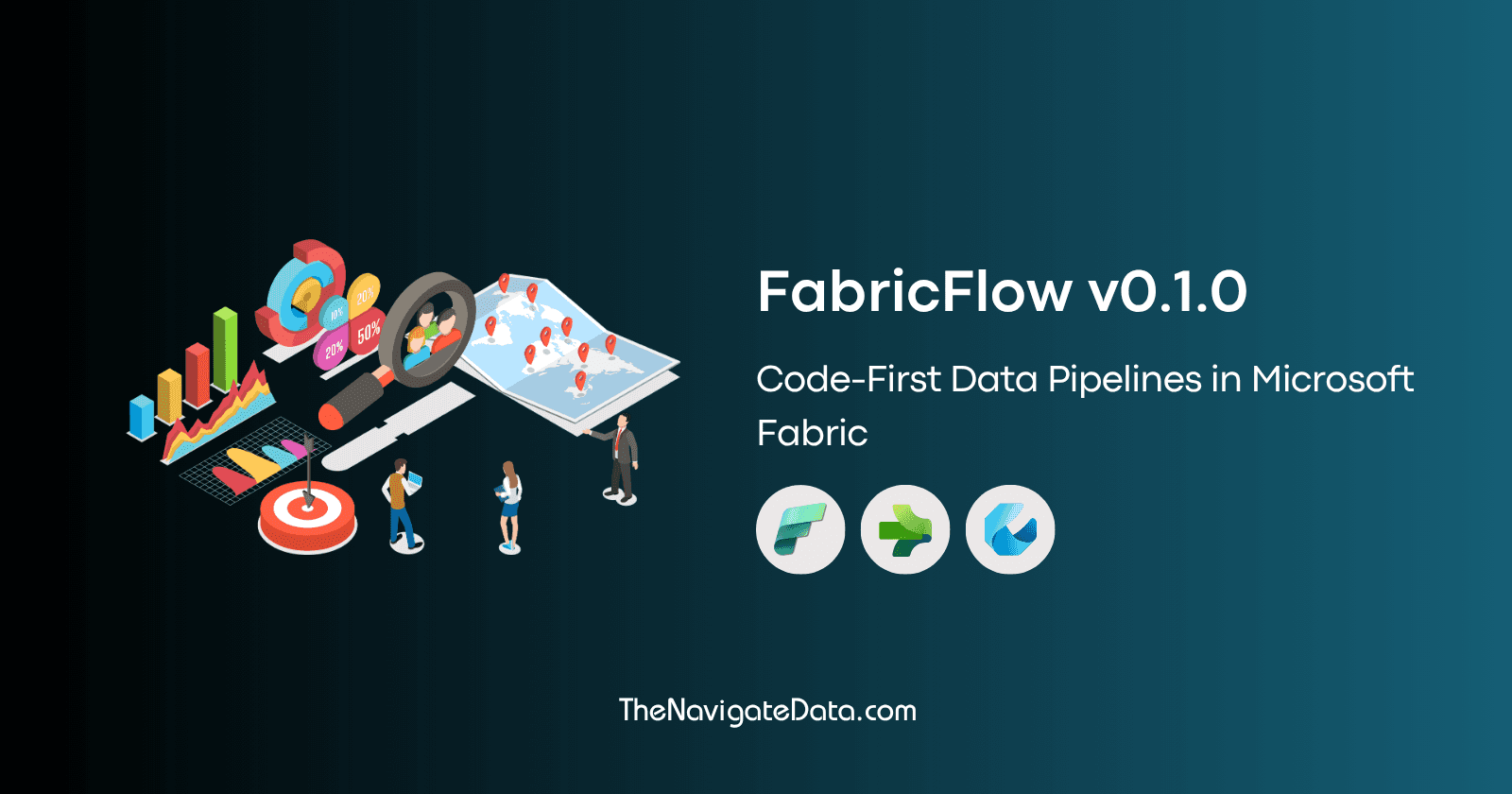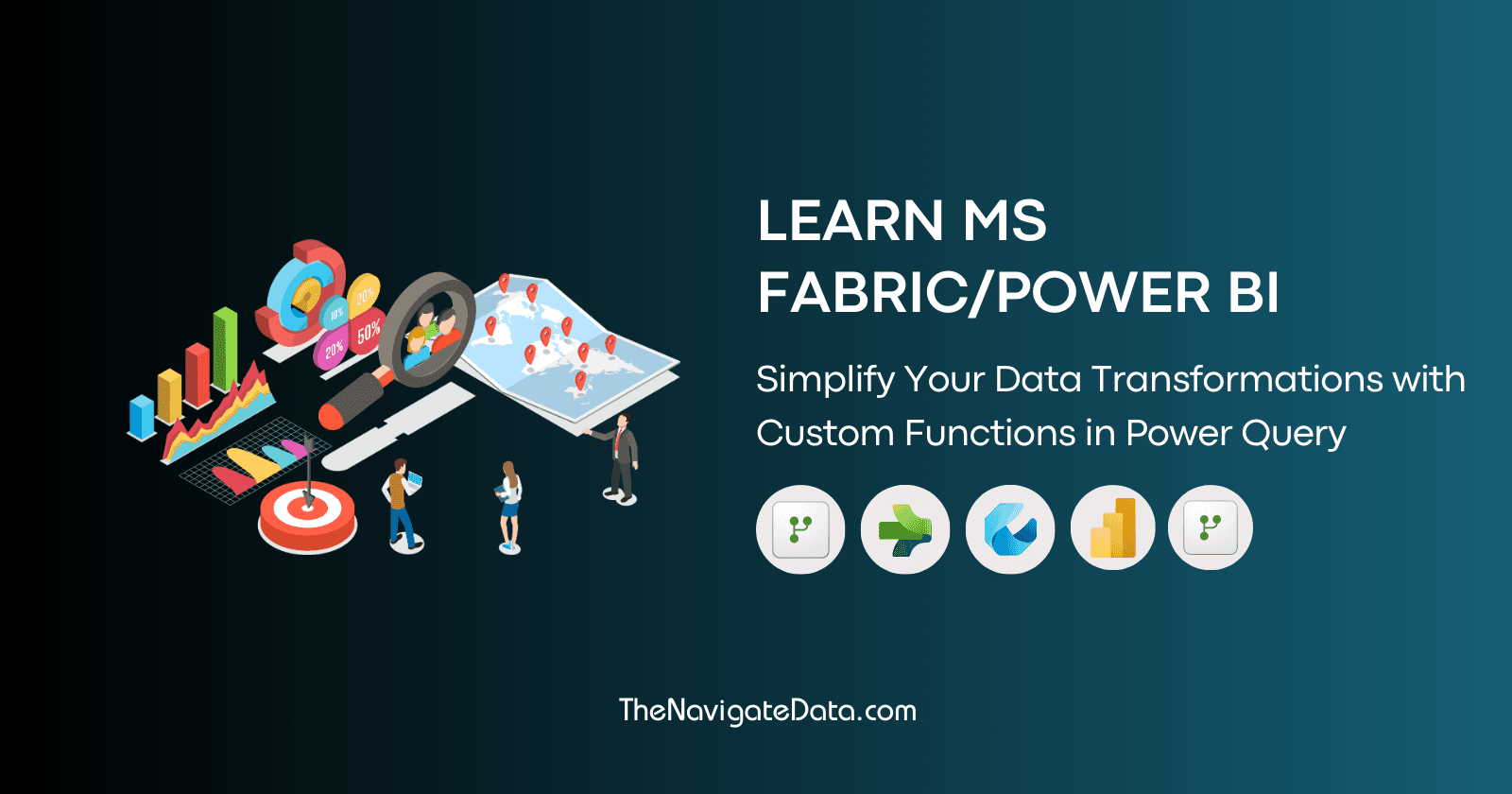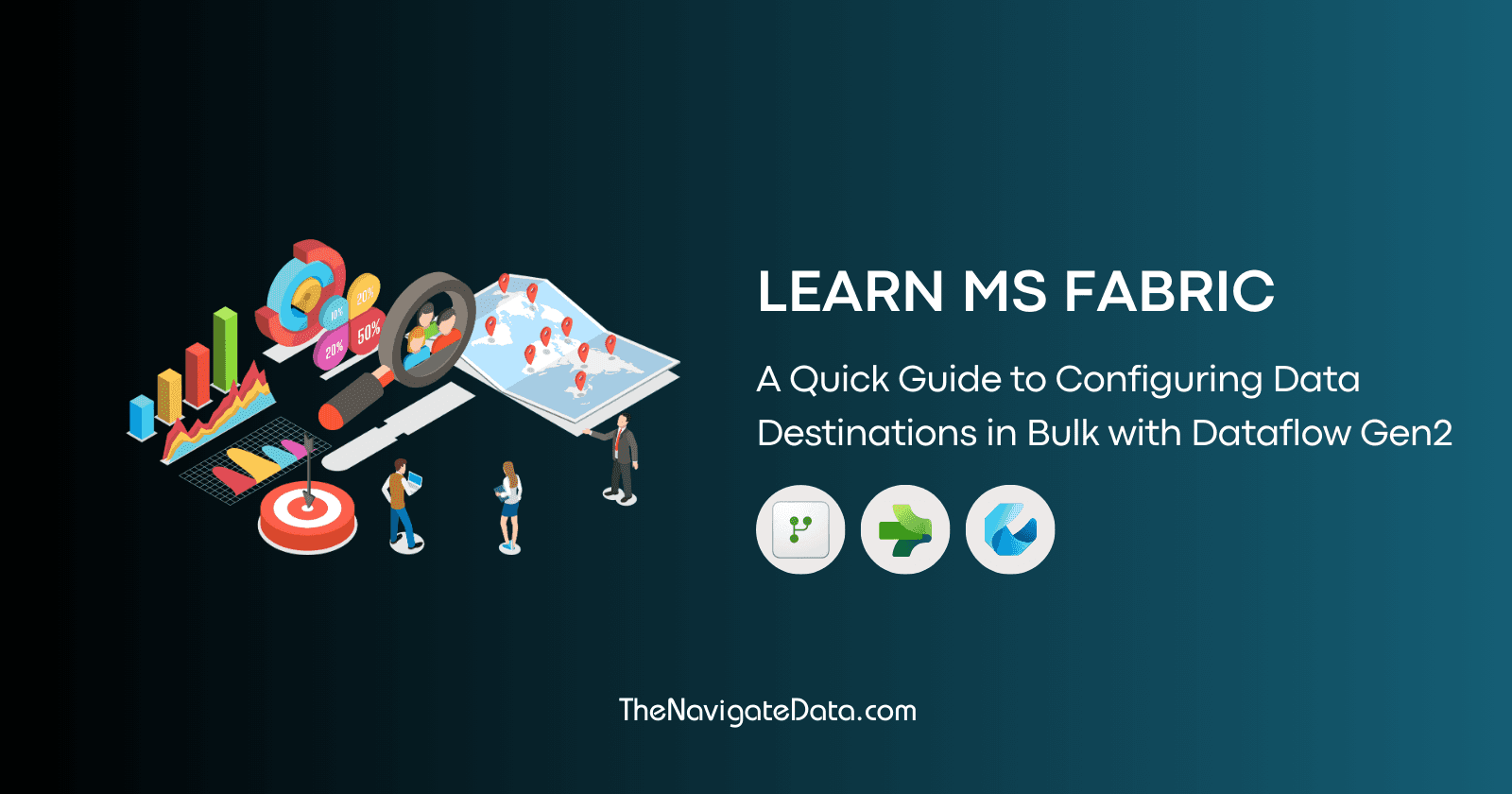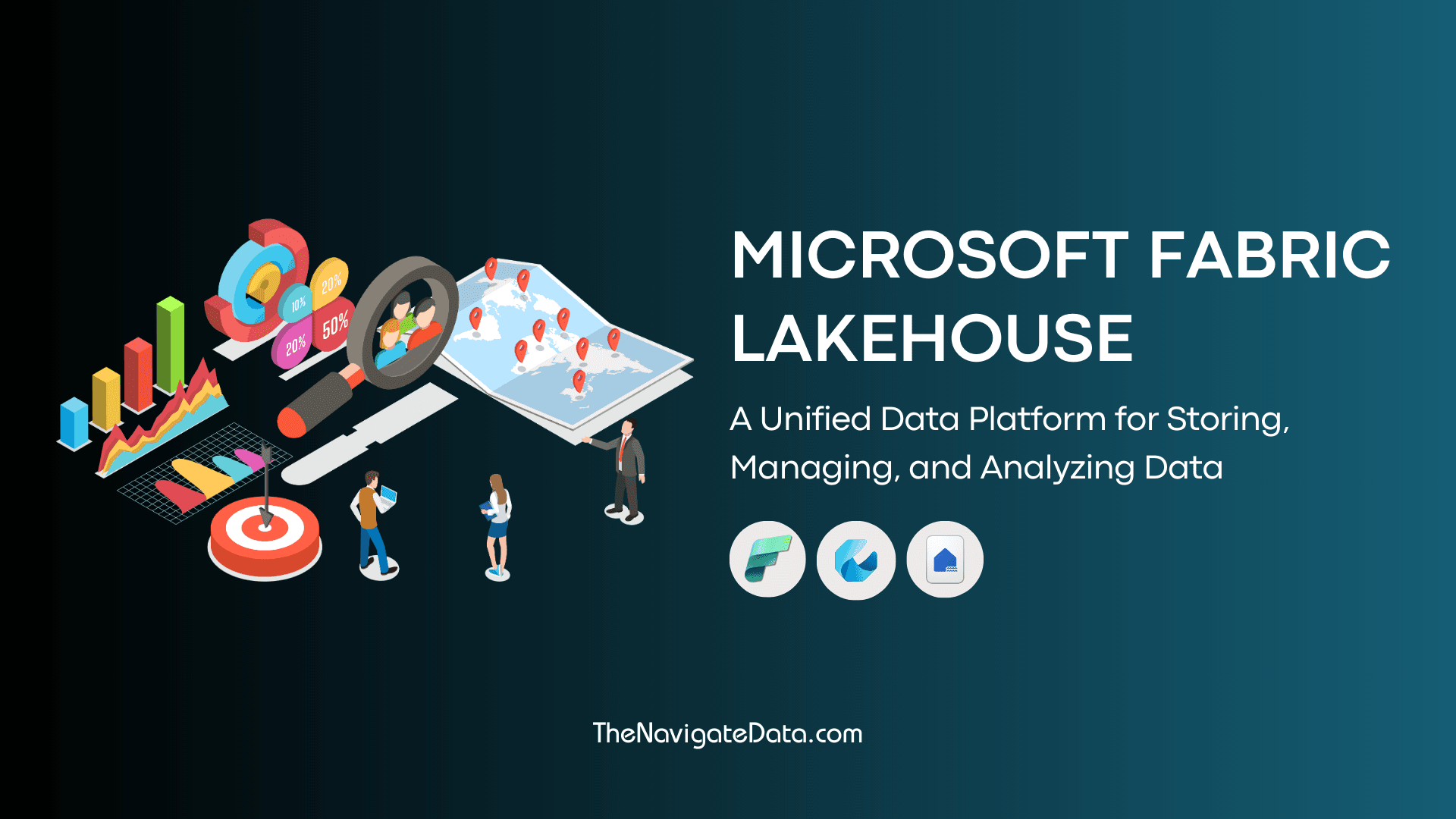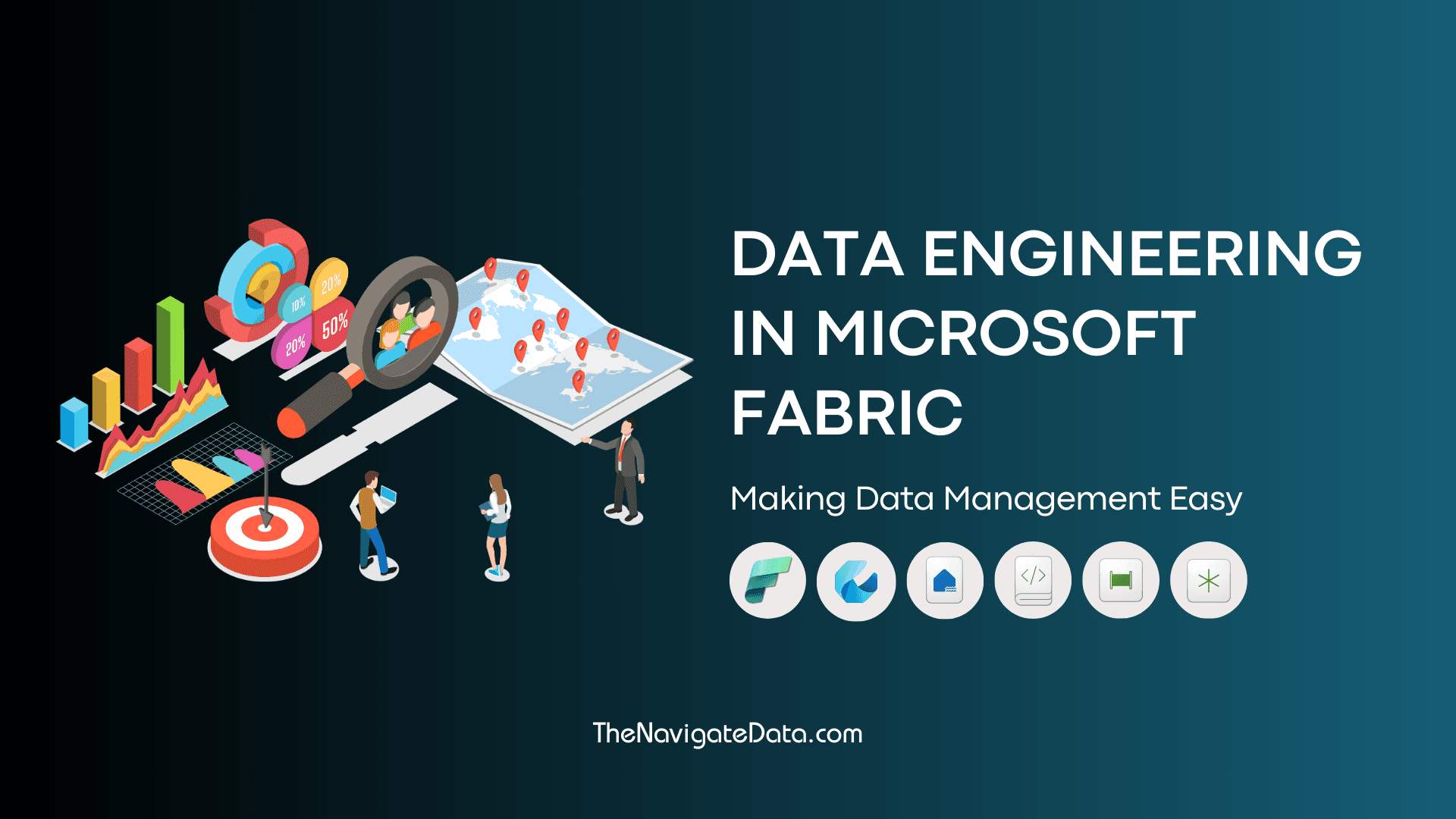Data Engineering in Microsoft Fabric
Parth Lad
3 min read

What is Data Engineering?
Think of data engineering as the plumbing of the data world. It's the process of collecting, storing, processing, and transforming raw data into meaningful information that businesses can use to make informed decisions.
Data engineers are like the architects and construction workers of data systems. They design, build, and maintain the systems that move data from its source to its destination, ensuring that it's always available and accessible.
Data engineering is an essential part of any organization. Microsoft Fabric provides a comprehensive set of data engineering tools and services that make it easy to design, build, and maintain data infrastructure and pipelines.
Key Features of Data Engineering in Microsoft Fabric
Lakehouse: A data architecture that combines the scalability of a data lake with the structure of a data warehouse. This allows you to store and manage both structured and unstructured data in a single location in the form of managed/external tables and files.
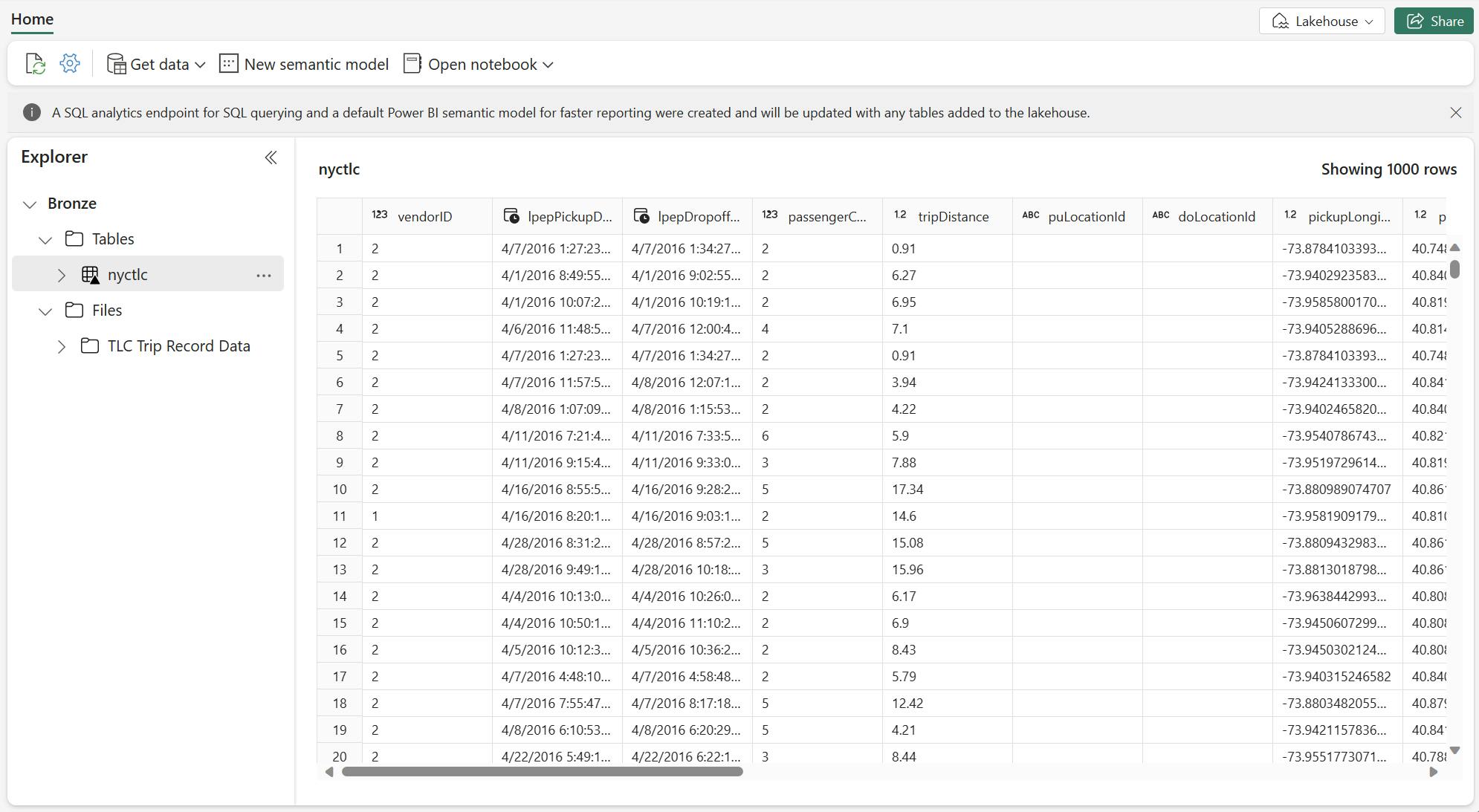
Data Pipelines: A series of steps that move data from its source to its destination in a reliable, scalable, and efficient way. This is essential for ensuring that your data is always up-to-date and accessible.
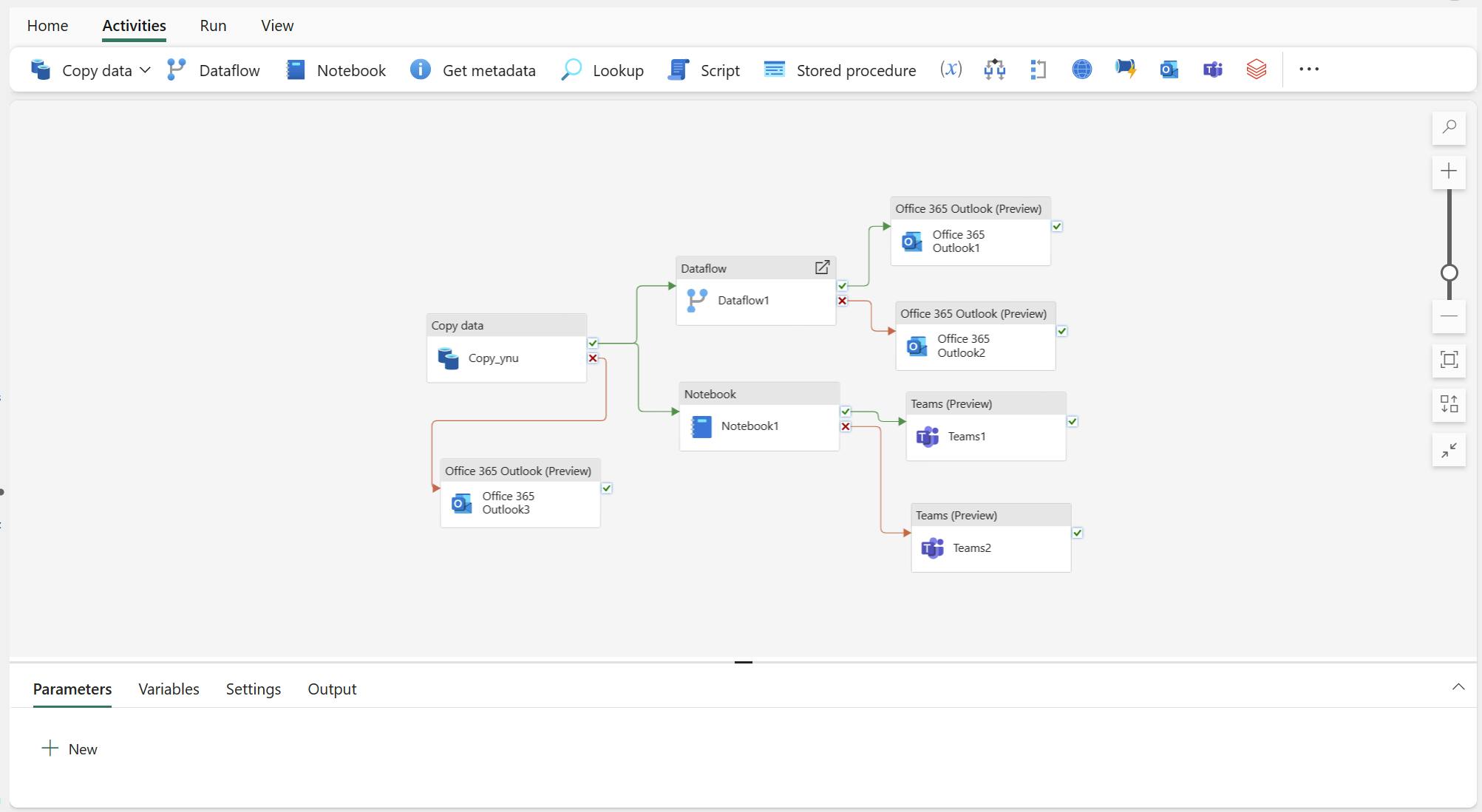
Notebooks: Interactive computing environments that allow you to write and execute code in various programming languages, including Python, R, and Scala. This makes it easy to explore and analyze data.

Apache Spark Job Definitions: Instructions for executing batch or streaming jobs on a Spark cluster. This allows you to transform and analyze data at scale.
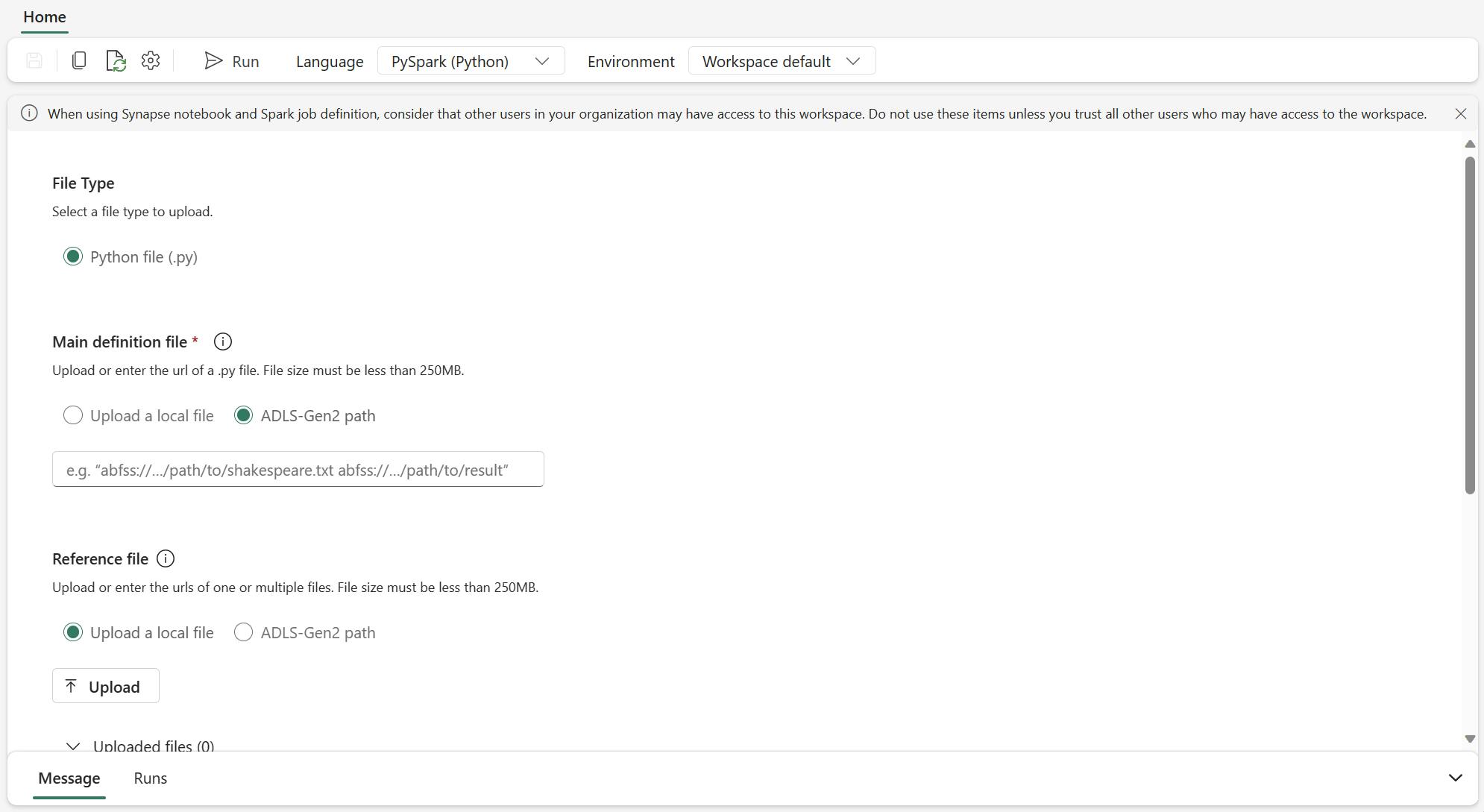
Benefits of Using Microsoft Fabric for Data Engineering
Ease of use: Microsoft Fabric provides a user-friendly interface and tools that make it easy to design, build, and maintain data infrastructure and pipelines.
Scalability: Microsoft Fabric can handle large amounts of data, making it an ideal solution for organizations of all sizes.
Flexibility: Microsoft Fabric is a flexible platform that can be used to support a variety of data workloads. It can be used to ingest, store, process, and analyze data from a variety of sources.
Active community and support: Microsoft Fabric has an active community of users and developers. There are a variety of resources available to help you learn and use the platform. Microsoft also provides support for Microsoft Fabric.
Summary
In summary, data engineering in Microsoft Fabric provides a comprehensive and easy-to-use solution for managing large amounts of data. With its lakehouse architecture, Apache Spark job definitions, notebooks, and data pipelines, Microsoft Fabric can help you collect, store, process, and analyze data efficiently and effectively.
References
Written by
Parth Lad
I'm a data analyst who loves finding insights from numbers and visualizing them. I write about Data Analytics, Data Engineering, Power BI, and DAX on Medium & Hashnode.
Follow me for more!✌️😉
